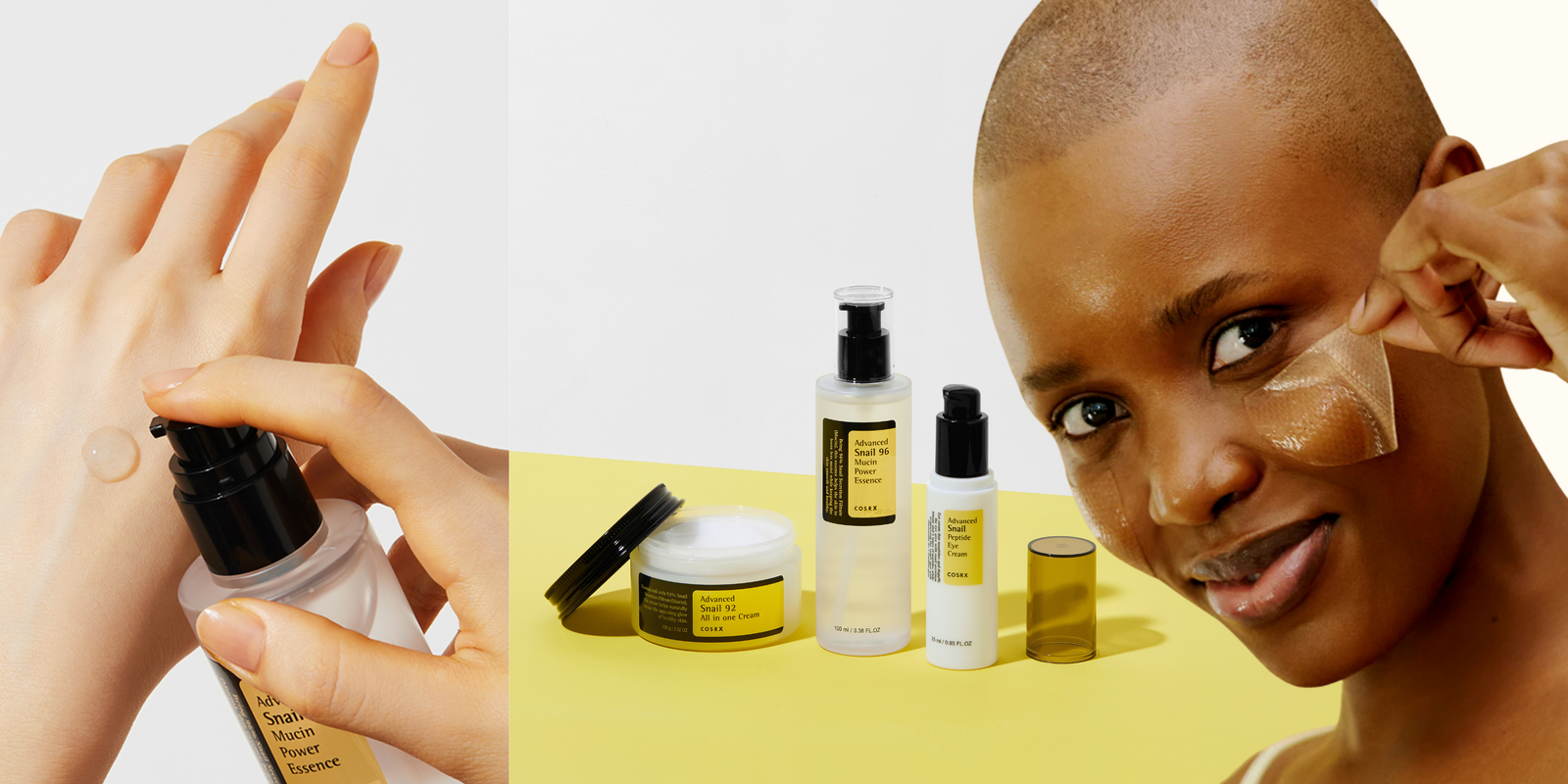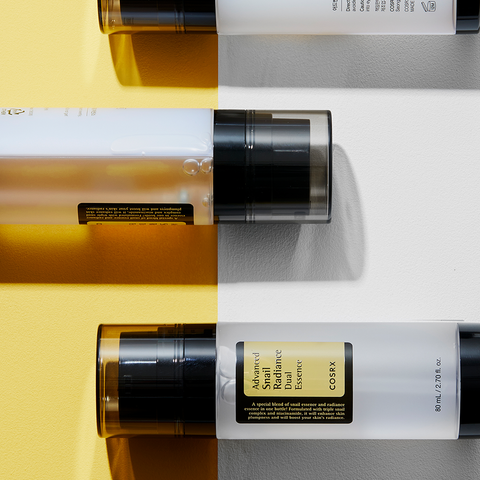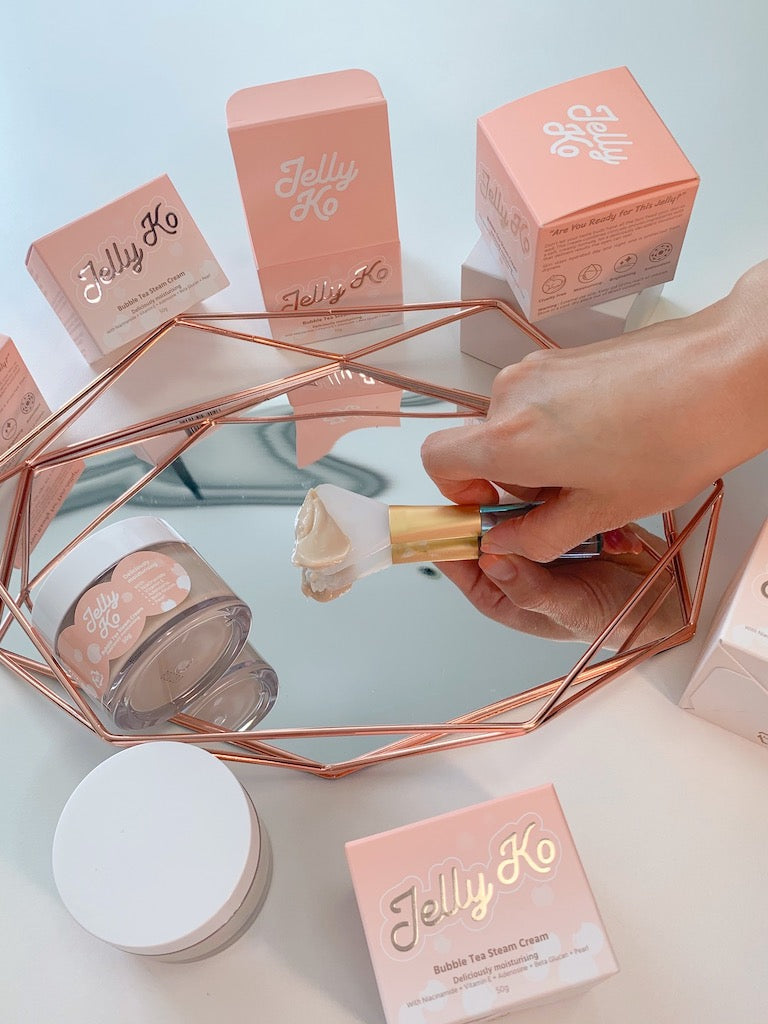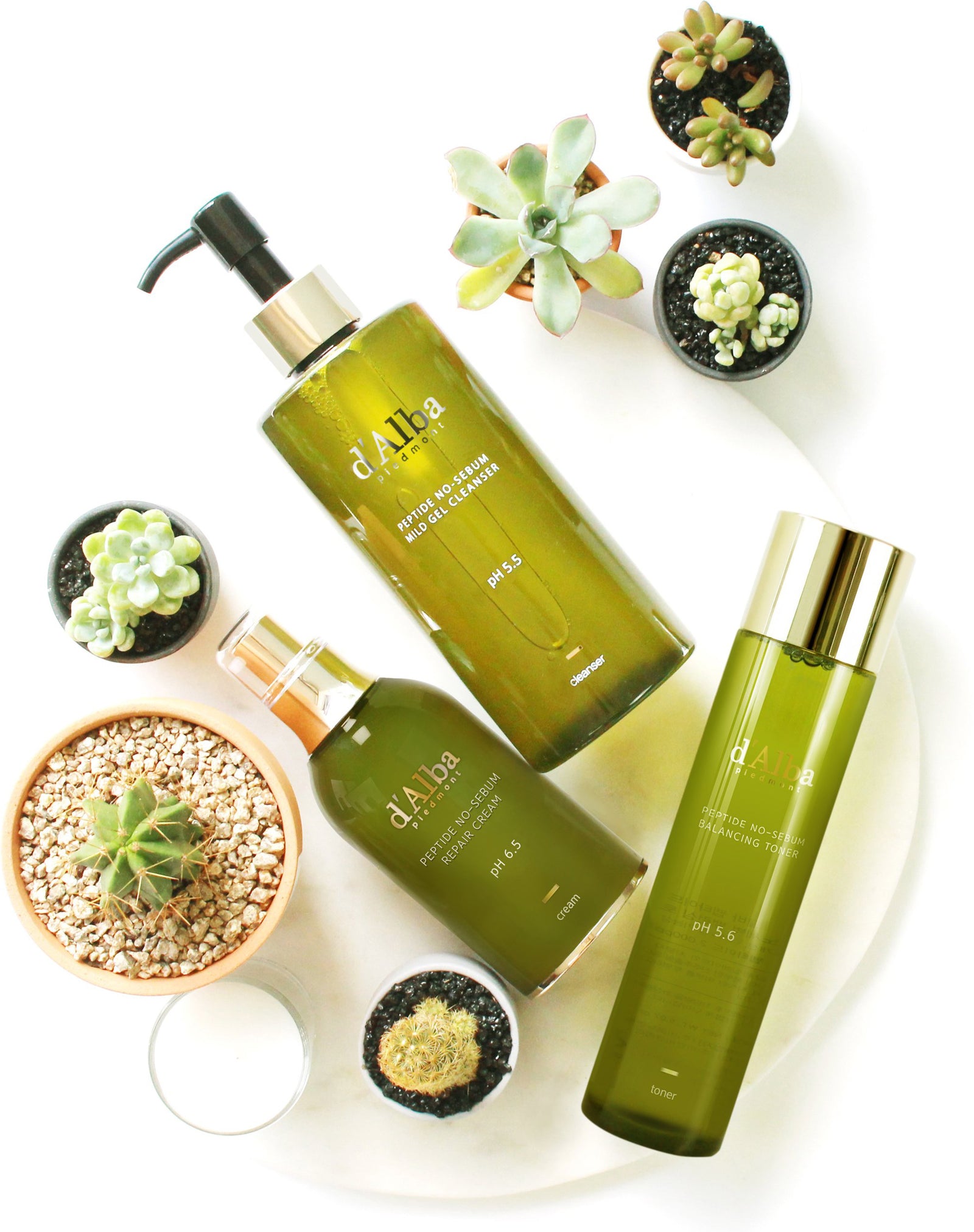Last month to shop K-Beauty on STYLE STORY. We’re moving to K-Beauty consultancy. Details
Menu
How Your Snail Cream Gets It’s Snail!
December 29, 2020

How Your Snail Cream Gets It’s Snail!
Korean Beauty’s obsession with all things snail is not new, and doesn’t seem to be dying out any time soon.
We’re going behind the scenes of the snail beauty industry to find out how your snail cream gets its snail – and whether snail mucin is a humane ingredient to be using in our beauty products in the first place.
Snail Mucin?
Just as the trend for snail-mucin infused K-Beauty products doesn’t seem to be dying out, another thing that lives on is the curiosity and controversy over snail mucin. In particular, how it comes to be inside your favourite snail cream.
To start, it’s useful to get to the bottom of what’s actually in your snail cream. The substance known as snail mucin – or “snail secretion filtrate” – refers to the ‘trail’ left behind by snails as they crawl along the ground. Snails naturally secrete their mucin to help protect and repair their soft bodies as they move along rough surfaces. It’s the mucin itself that’s in the product, not the snail.
If you were picturing jars filled with smashed up snails, you can breathe a sigh of relief. The snail itself is not in the product, nor does the actual snail need to be killed in order to produce the snail cream.

What Kinds Of Snails Are Used?
The land snail (achatina fulica) is one commonly used breed of snail. This is the one you’ll find in COSRX’s popular snail products.
Who Collects The Snail Mucin
Snail mucin is collected by the snail breeders who raise the snails.
How Is Snail Mucin Collected?
The specific process used to collect the mucin varies from breeder to breeder. In general, the process involves creating an environment that encourages the snails to excrete their mucin.
Research shows that the quality of the mucin itself depends on breeders keeping good environmental conditions for their snails. From the breeder’s perspective, it is also important for the snails to have as long a life as possible.
In some farms, snail mucin is extracted by immersing the snails in a special steam bath that acts like a spa for snails. The snails are not harmed in this process.
In other farms, snails are washed, disinfected and then left in a dark room to help promote a calm environment. A common method is to place the snails in a space where they can move over a bumpy surface like mesh because this causes them to make slime.
Once the mucin is collected, it is treated at a cosmetic lab and prepared for packing.

Is Snail Mucin Cruelty Free?
Yes, it is possible for snail mucin to be cruelty-free.
As the actual snail itself is not harmed or killed in the process of collecting the mucin, it is possible for Korean Beauty companies to obtain cruelty-free certification for their snail products.
The snail mucin used in Benton’s Snail Bee High Content Essence, Steam Cream and Mask is all certified cruelty-free by PETA. Similarly, COSRX’s Advanced Snail Cream and Essence are also cruelty-free.
Can The Quality Of Snail Mucin Differ Between Products?
The quality of the snail mucin can differ.
However, the thing that makes the biggest difference is the concentration of snail mucin in the actual product. The higher the concentration, the better the resulting effects on the skin.
Some products, like COSRX’s Snail 96 Mucin Essence contain as much as 96% snail mucin. This means that the benefits of the mucin on the skin are maximized.
Other products, like Beauty of Joseon Snail Serum and APLB Healing Moisture Snail Cream combine snail mucin with other complimentary ingredient to improve the efficacy of the formula, which maximises the benefits for your skin.

Want To Know More?
To find out more about snail mucin and its benefits, as well as some of our favourite snail products, check out our previous blog posts here and here.




Leave a comment
Comments will be approved before showing up.